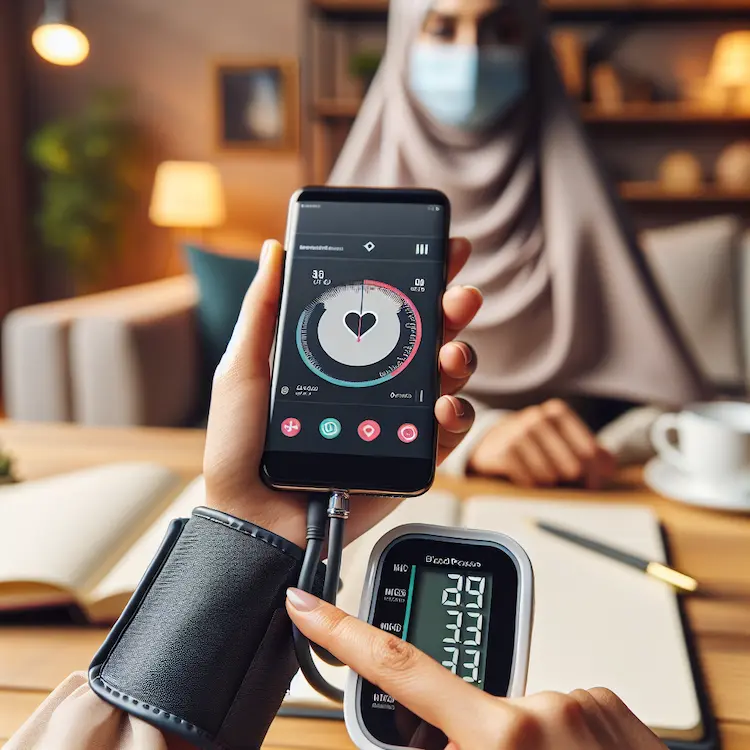Monitoring your blood pressure at home is a crucial step in managing hypertension and maintaining overall cardiovascular health. Keeping a detailed blood pressure log can provide valuable insights for both you and your healthcare provider. This comprehensive guide will walk you through the importance of blood pressure logging, various methods and tools available, and practical tips to ensure accurate and consistent measurements.
Maintaining a blood pressure log is essential for several reasons:
Regular monitoring can help detect high blood pressure early, allowing for timely intervention and potentially preventing serious complications such as heart disease, stroke, and kidney problems.
Selecting an accurate and reliable blood pressure monitor is crucial for maintaining a proper log. Consider the following factors when choosing a device:
To ensure accurate readings for your log, follow these steps:

A comprehensive blood pressure log should include the following information:
You can use a paper log, spreadsheet, or dedicated smartphone app to record your measurements. Many digital blood pressure monitors also offer built-in memory or connectivity features for easy logging.
The frequency of blood pressure measurements depends on your individual circumstances:
Understanding your blood pressure readings is crucial for effective self-management. Here’s a general guide to blood pressure categories:
| Category | Systolic (mm Hg) | Diastolic (mm Hg) |
|---|---|---|
| Normal | Less than 120 | Less than 80 |
| Elevated | 120-129 | Less than 80 |
| Hypertension Stage 1 | 130-139 | 80-89 |
| Hypertension Stage 2 | 140 or higher | 90 or higher |
| Hypertensive Crisis | Higher than 180 | Higher than 120 |
Remember that a single high reading doesn’t necessarily indicate hypertension. Consistent elevated readings over time are more indicative of a potential problem.
Regularly sharing your blood pressure log with your healthcare provider is essential for effective management of your cardiovascular health. Consider the following tips:
Some digital monitors and smartphone apps allow you to share your data electronically with your healthcare provider, streamlining the process and enabling more frequent check-ins.
To maintain a reliable blood pressure log:

Home blood pressure monitoring and logging have shown significant benefits in managing hypertension:
Recent advancements in technology have introduced new options for blood pressure monitoring and logging:
While these technologies show promise, it’s important to note that many are still in development and may not be as accurate as traditional cuff-based monitors. Always consult with your healthcare provider before relying on new technologies for blood pressure management.
Keeping a detailed blood pressure log is a powerful tool for managing hypertension and maintaining cardiovascular health. By choosing the right monitor, measuring correctly, and consistently recording your readings, you can gain valuable insights into your blood pressure patterns and work more effectively with your healthcare provider to manage your health.
Remember that home blood pressure monitoring is a complement to, not a replacement for, regular check-ups with your healthcare provider. Always follow your doctor’s advice regarding the frequency of measurements and any necessary lifestyle or medication adjustments based on your blood pressure log.
By taking an active role in monitoring and logging your blood pressure, you’re making a significant investment in your long-term health and well-being.